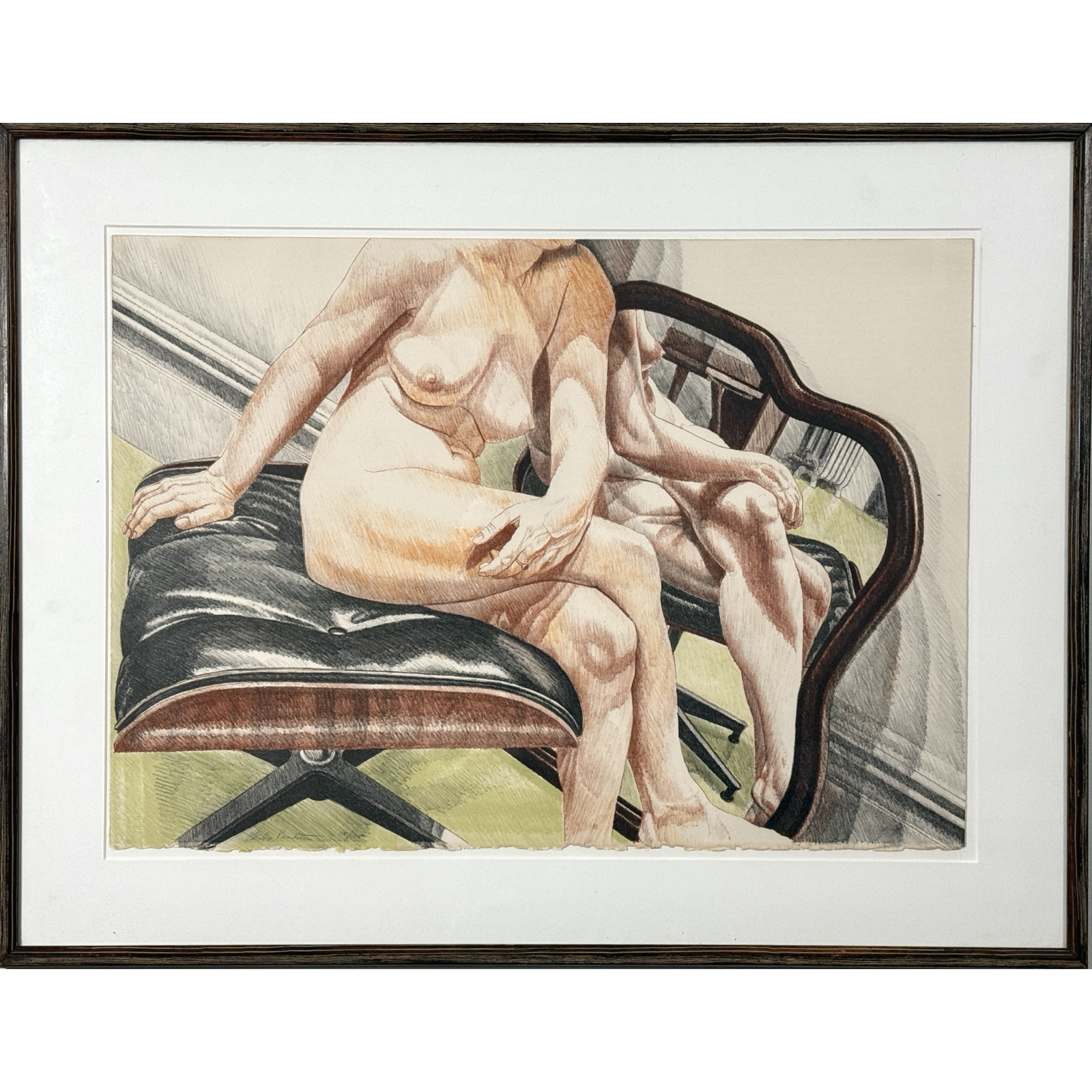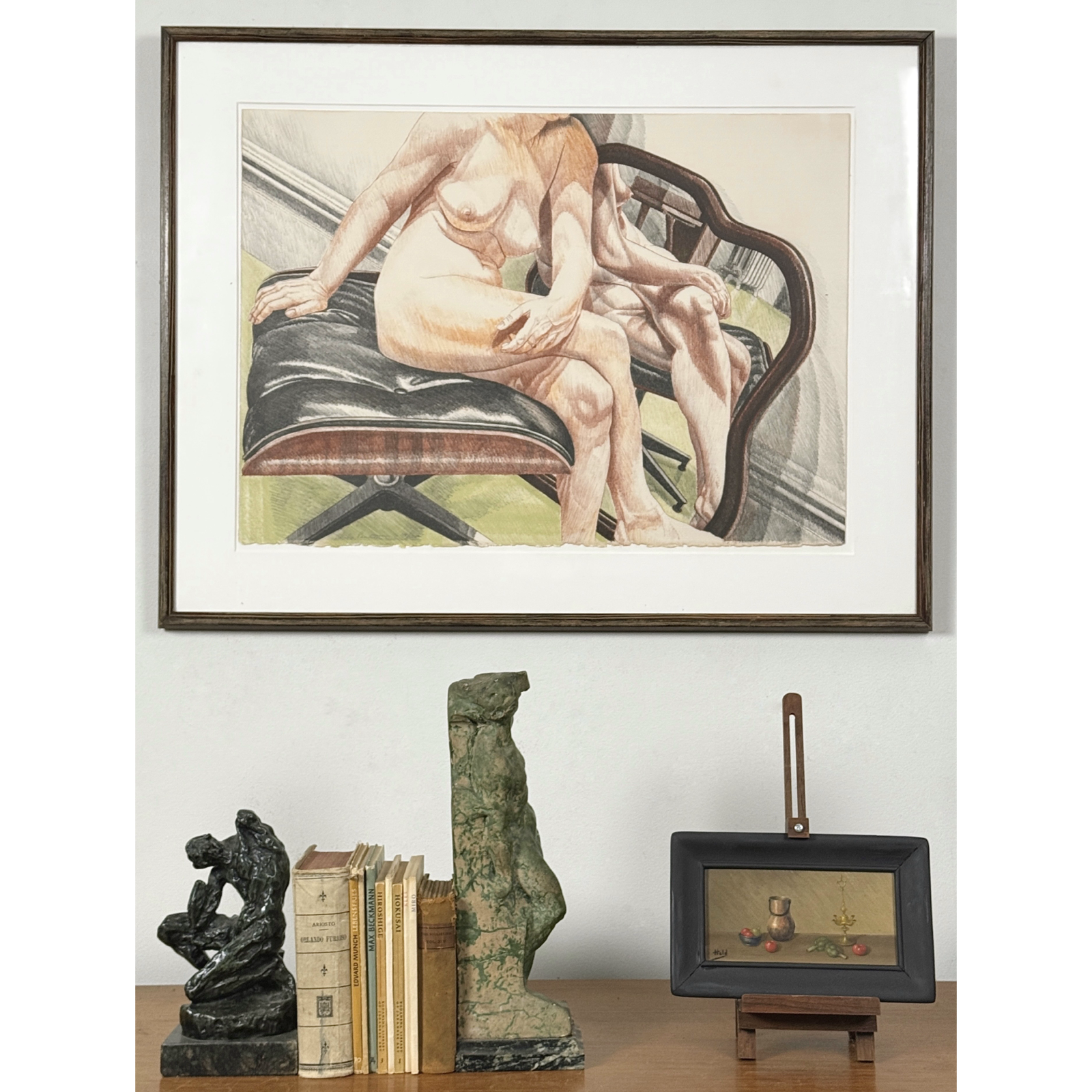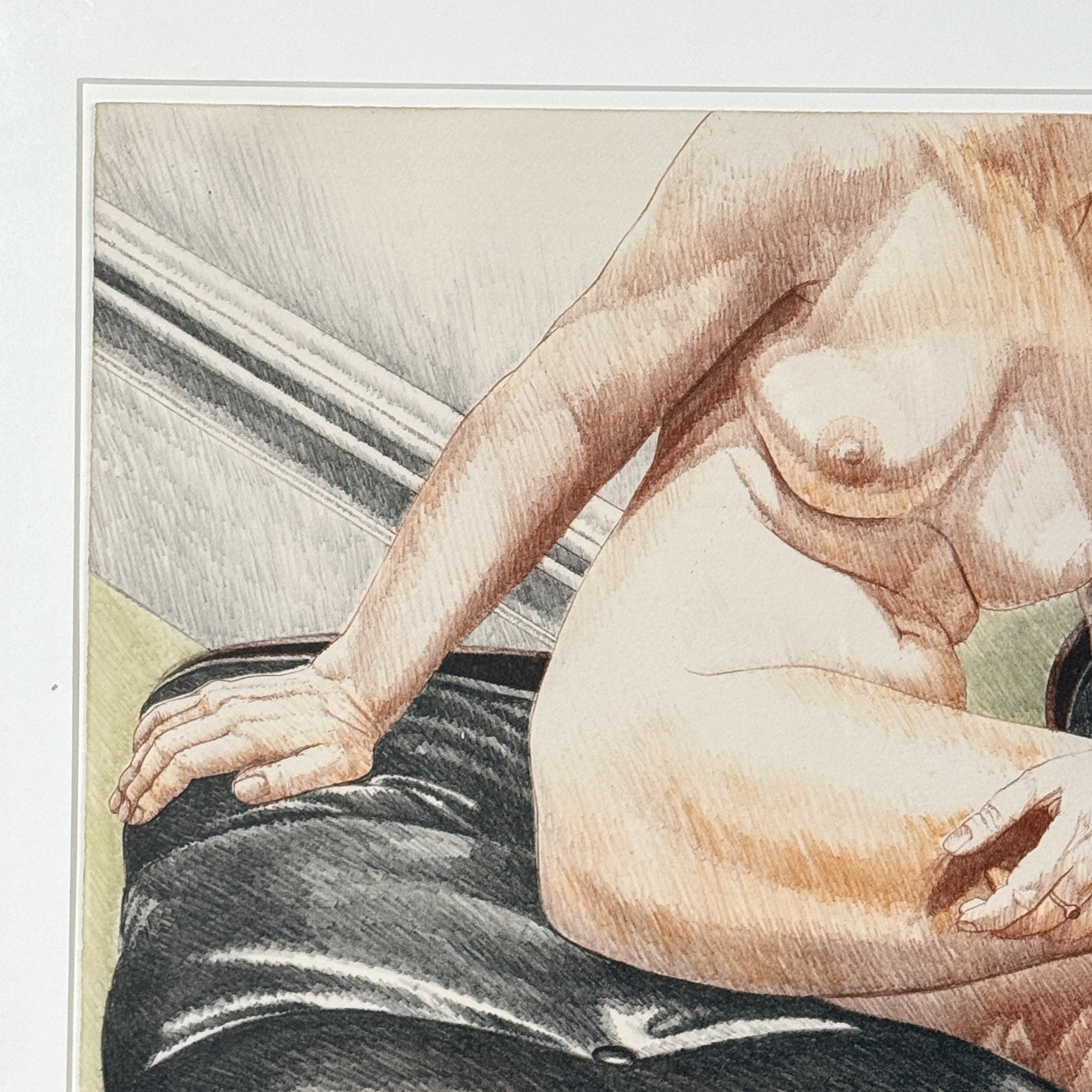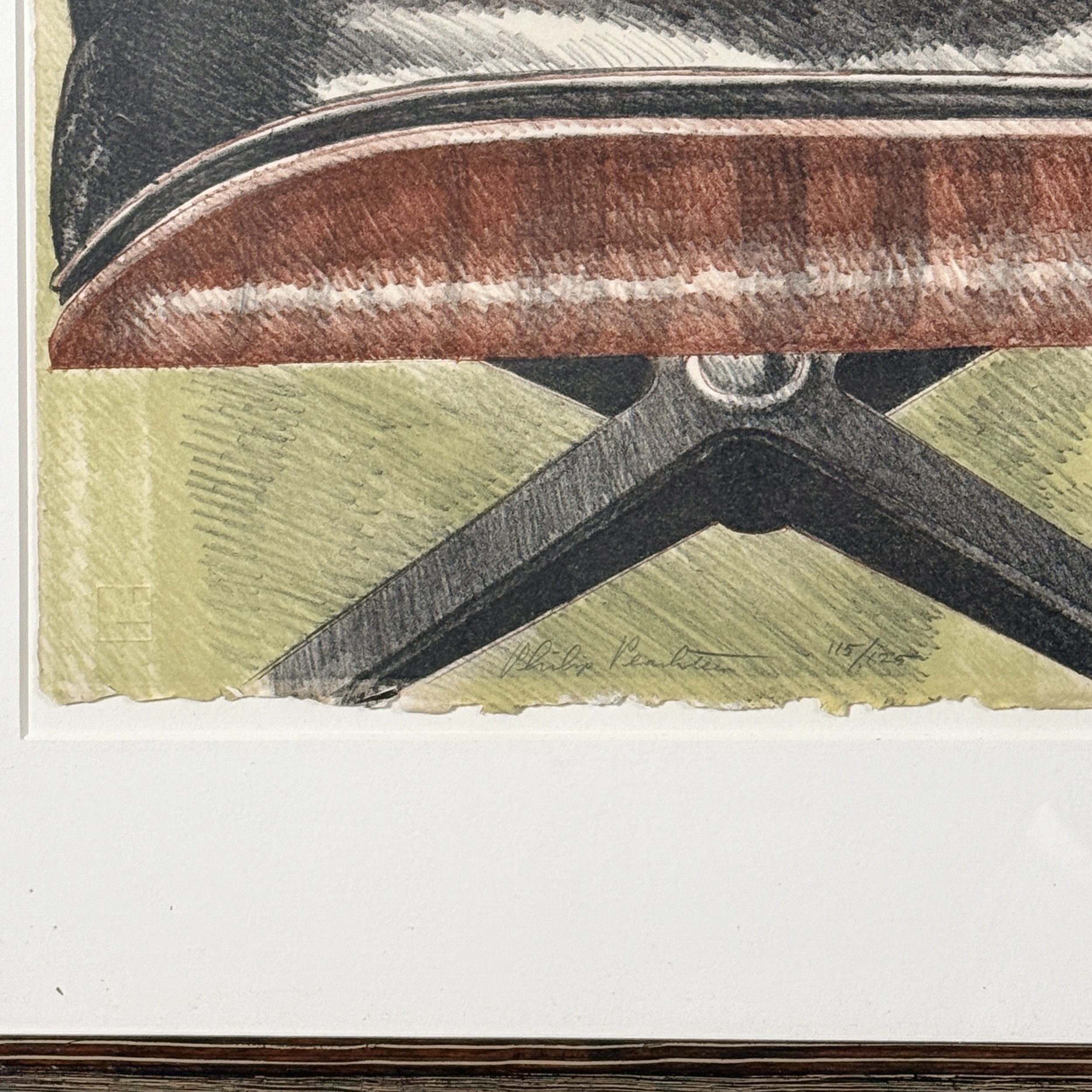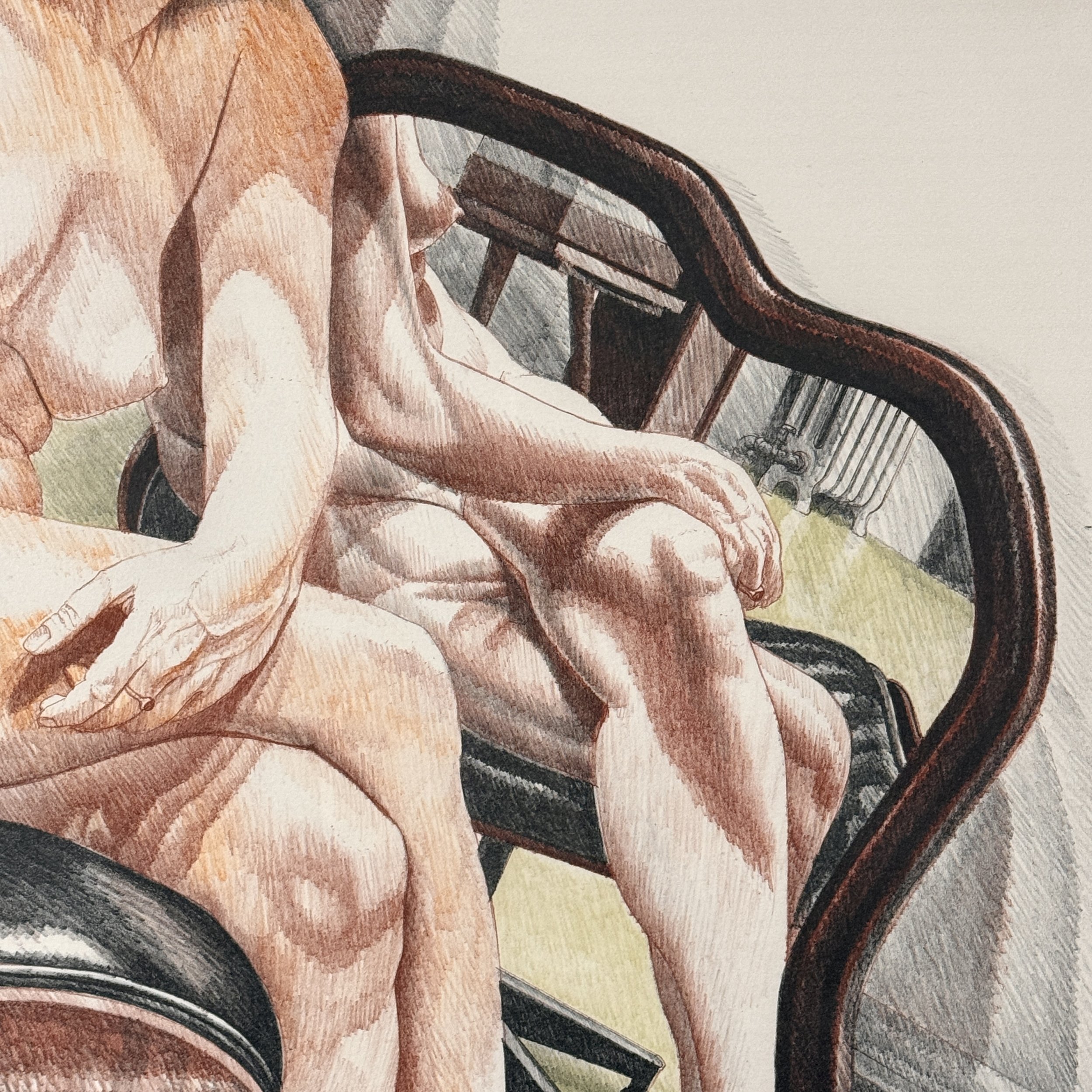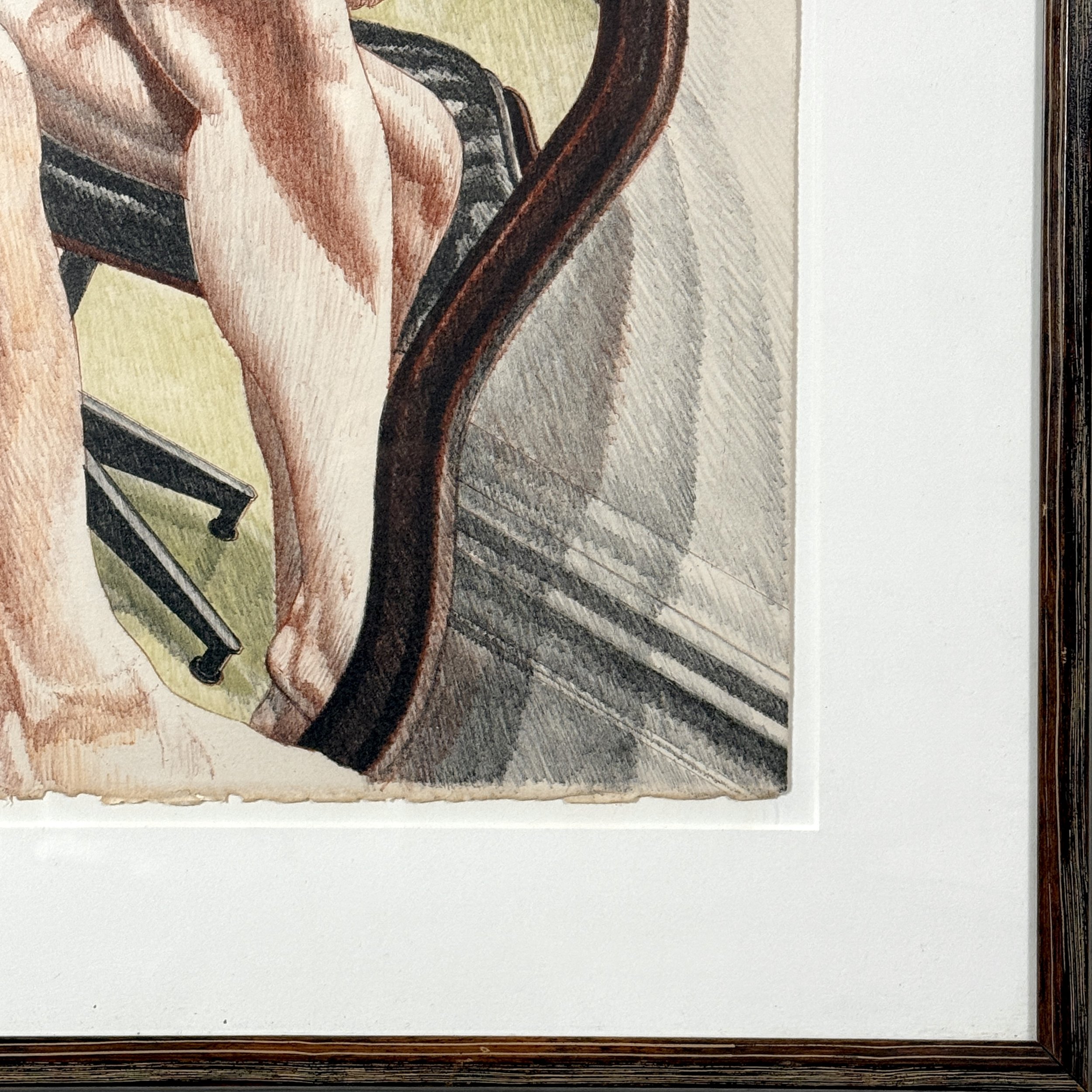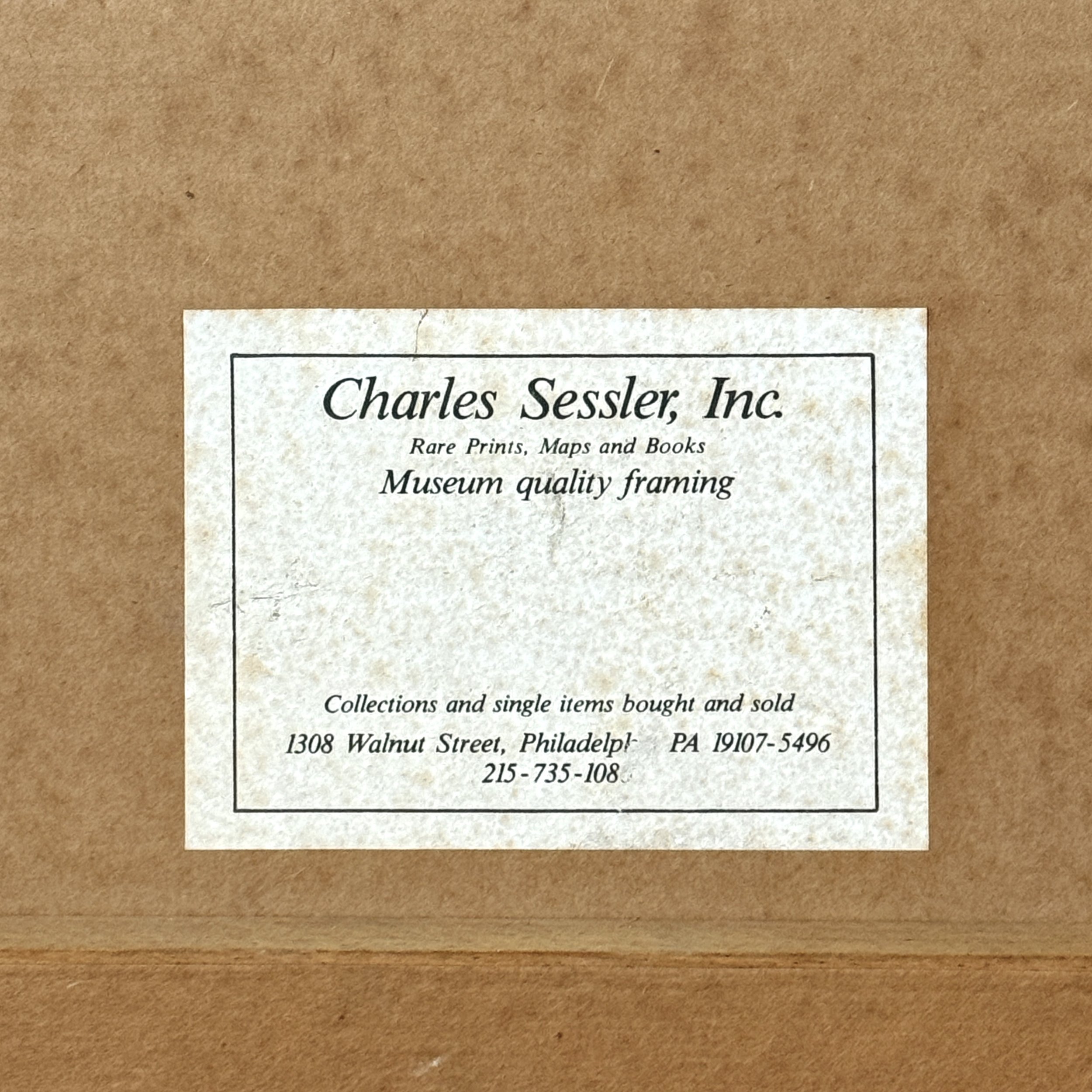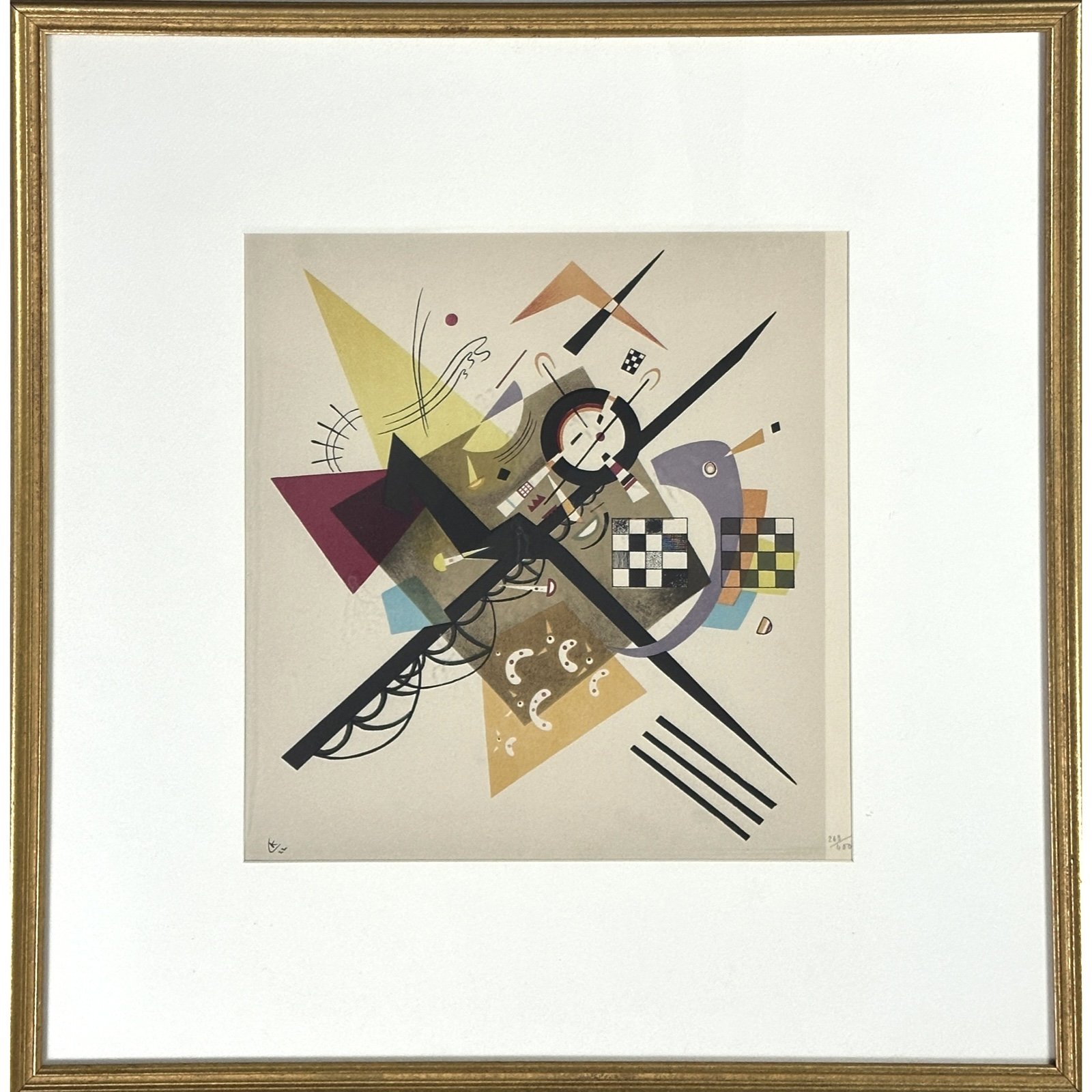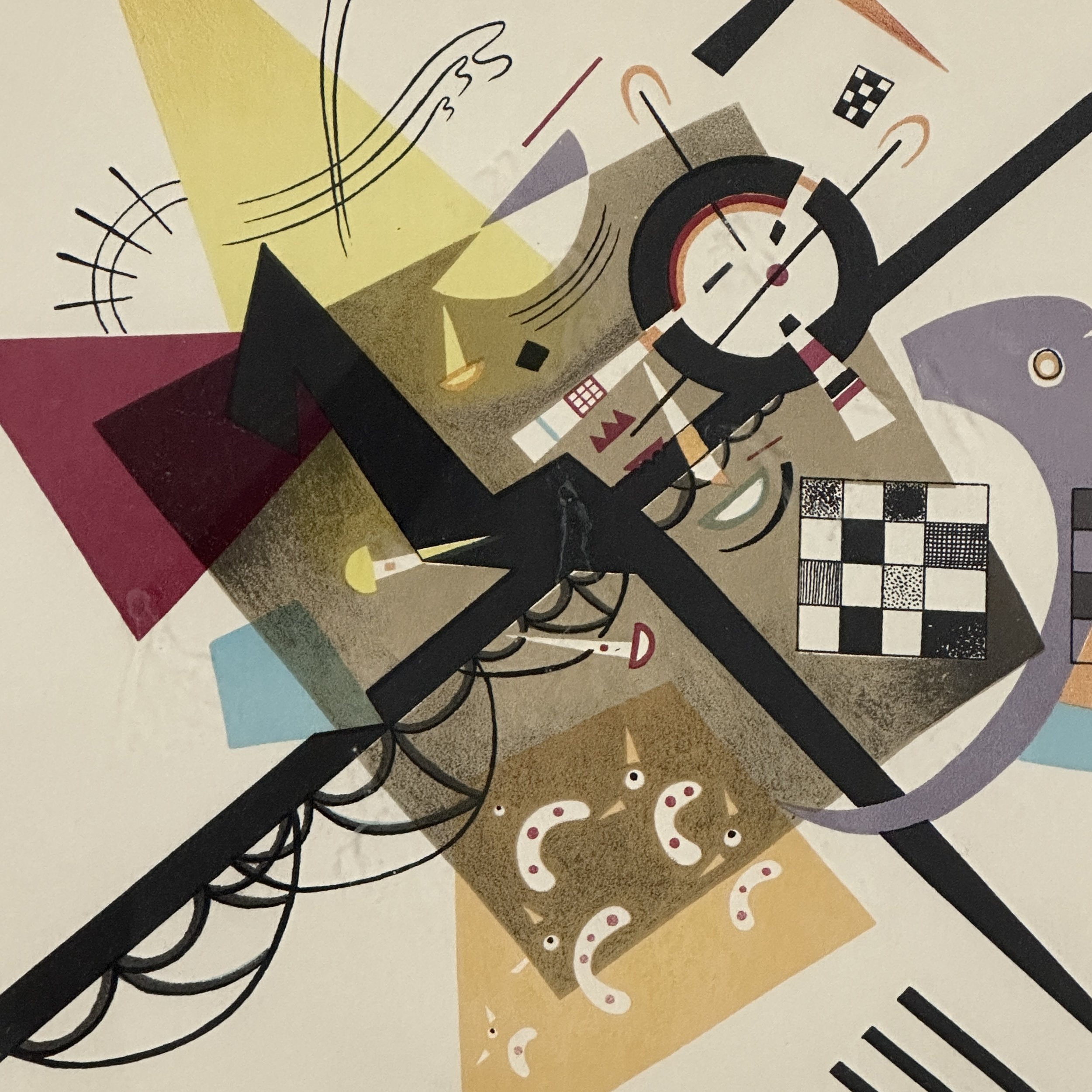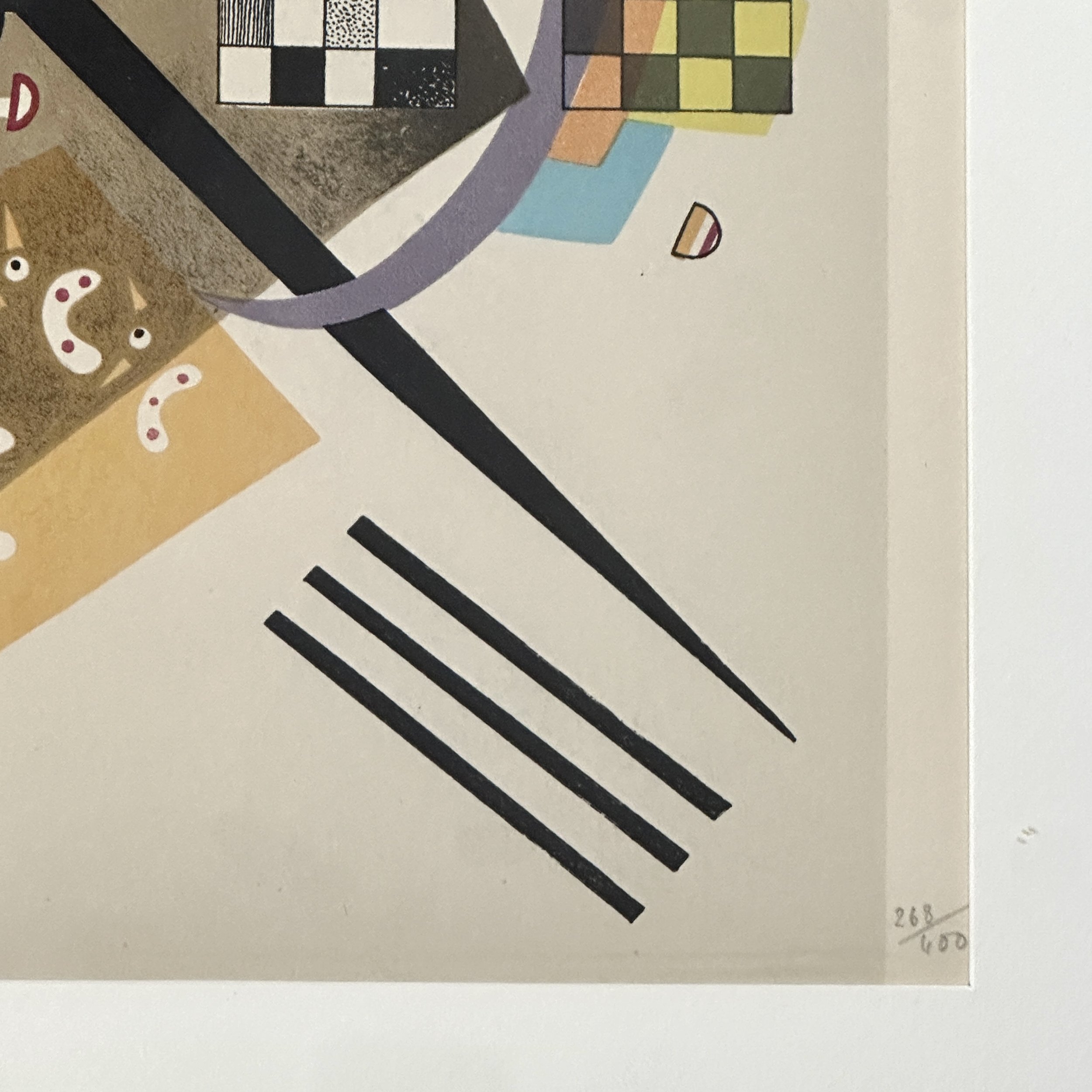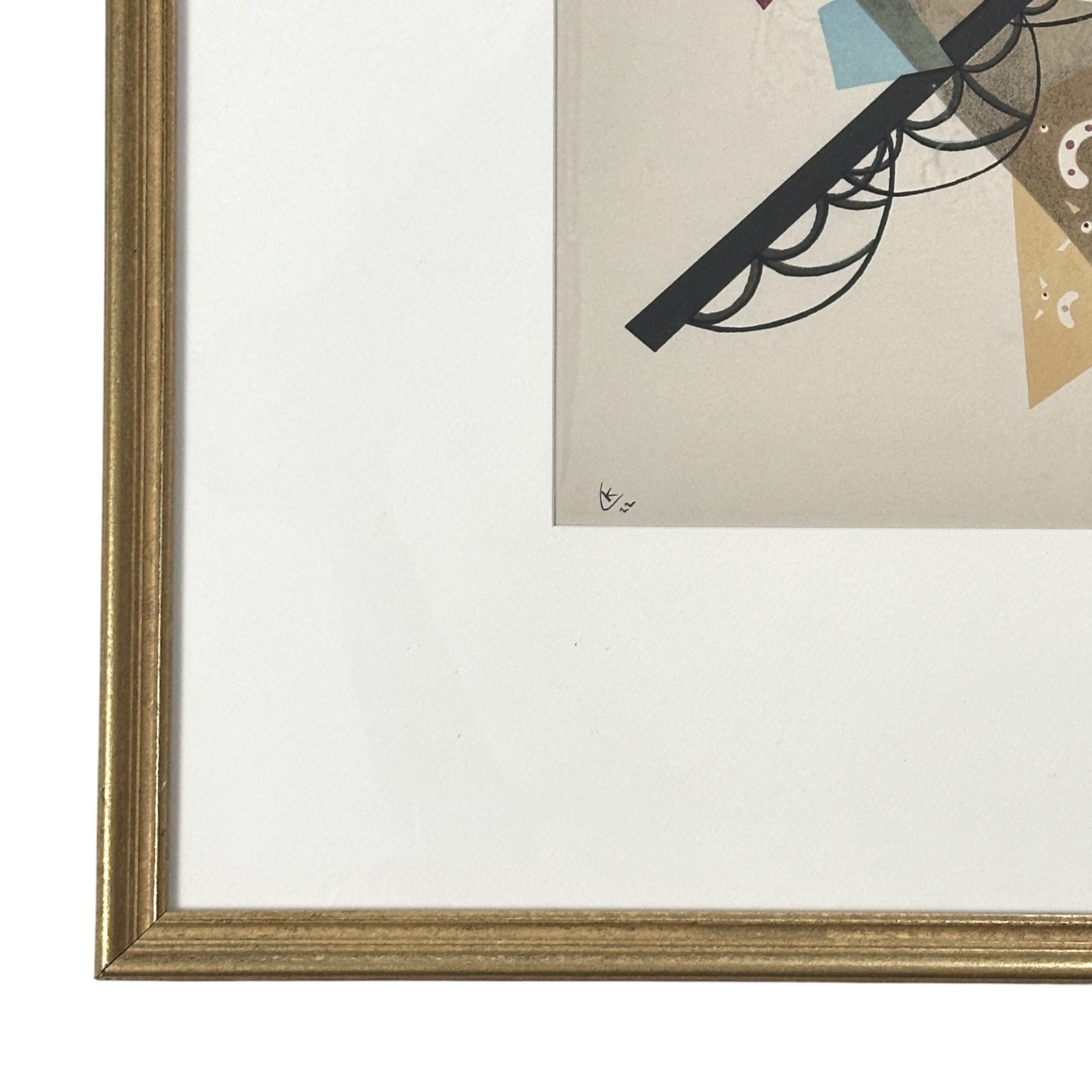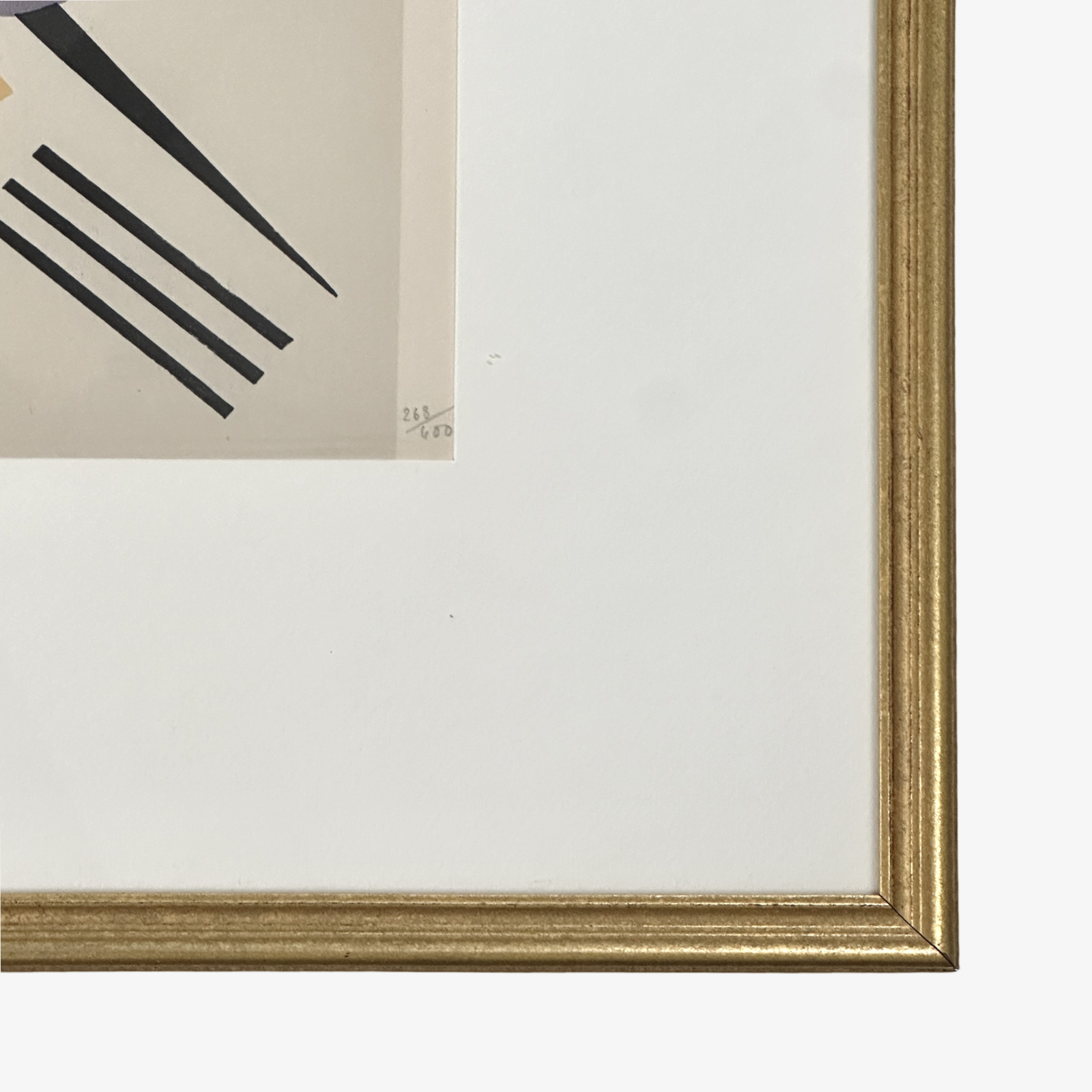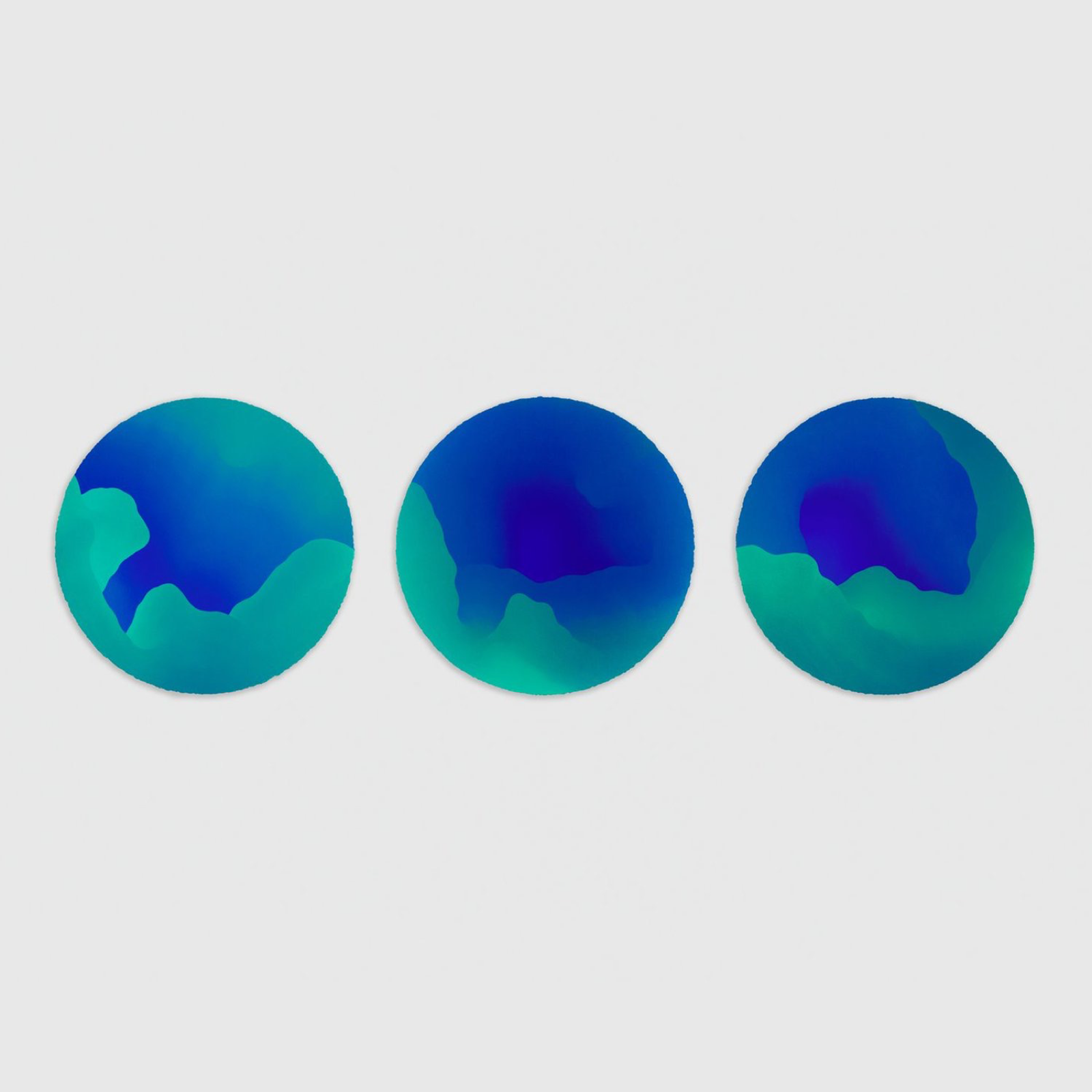 Image 1 of 4
Image 1 of 4

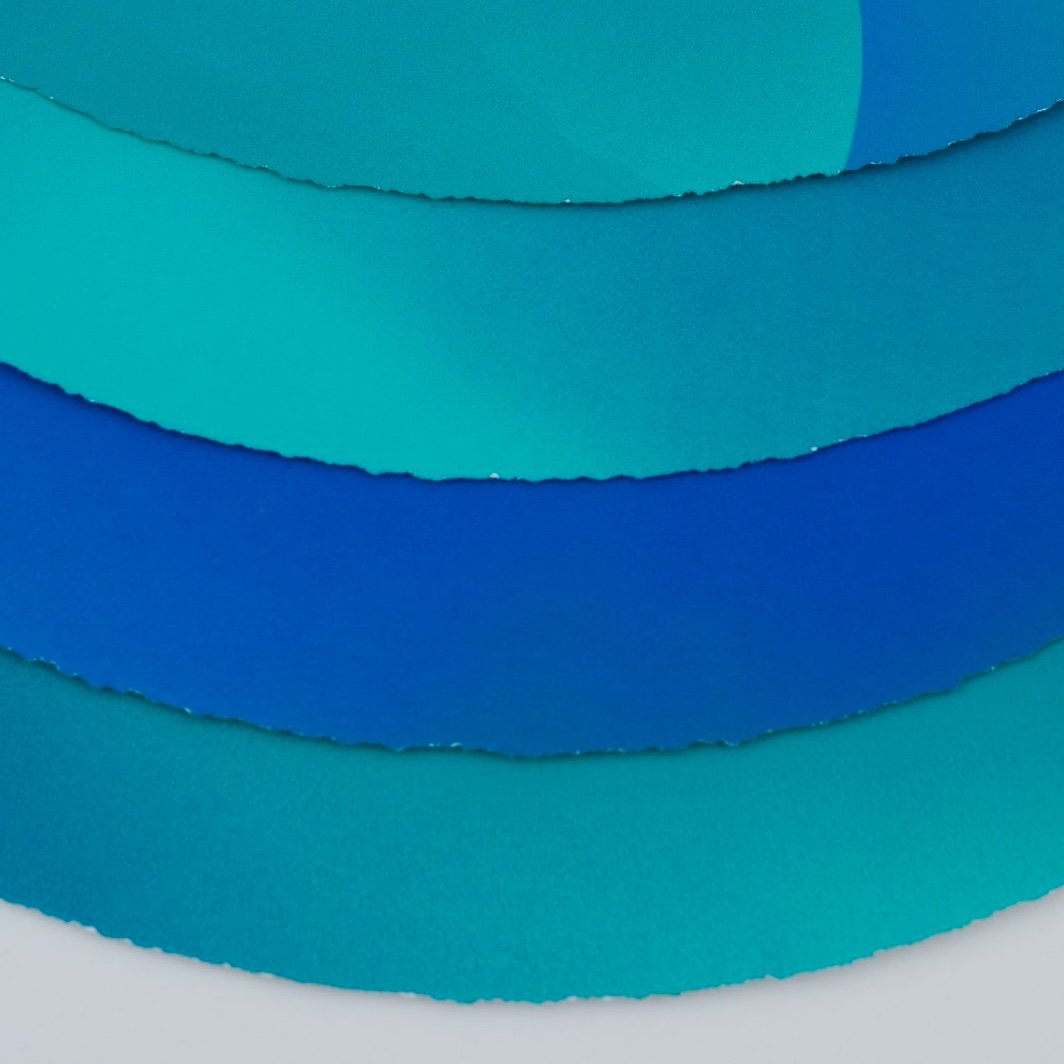 Image 2 of 4
Image 2 of 4

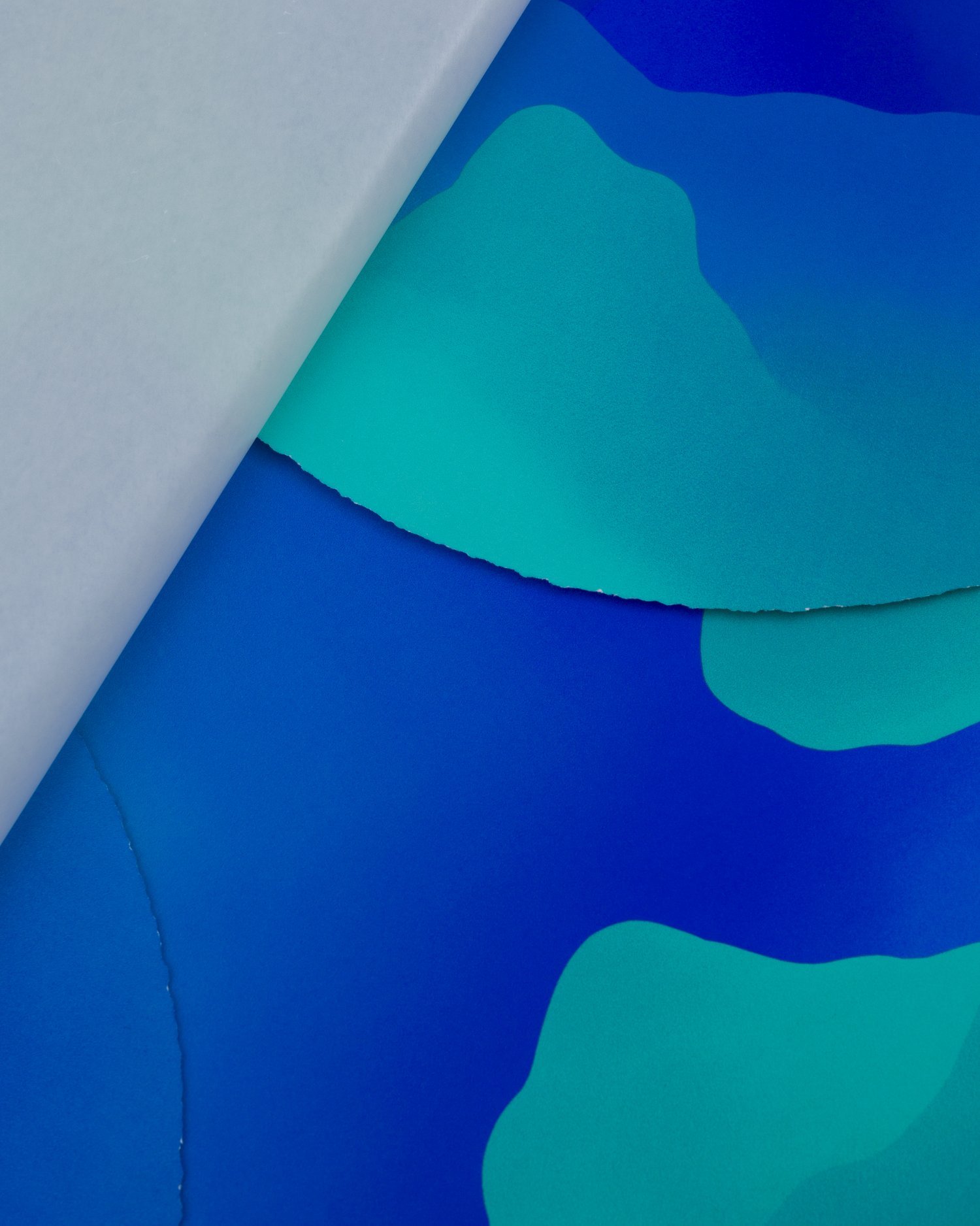 Image 3 of 4
Image 3 of 4

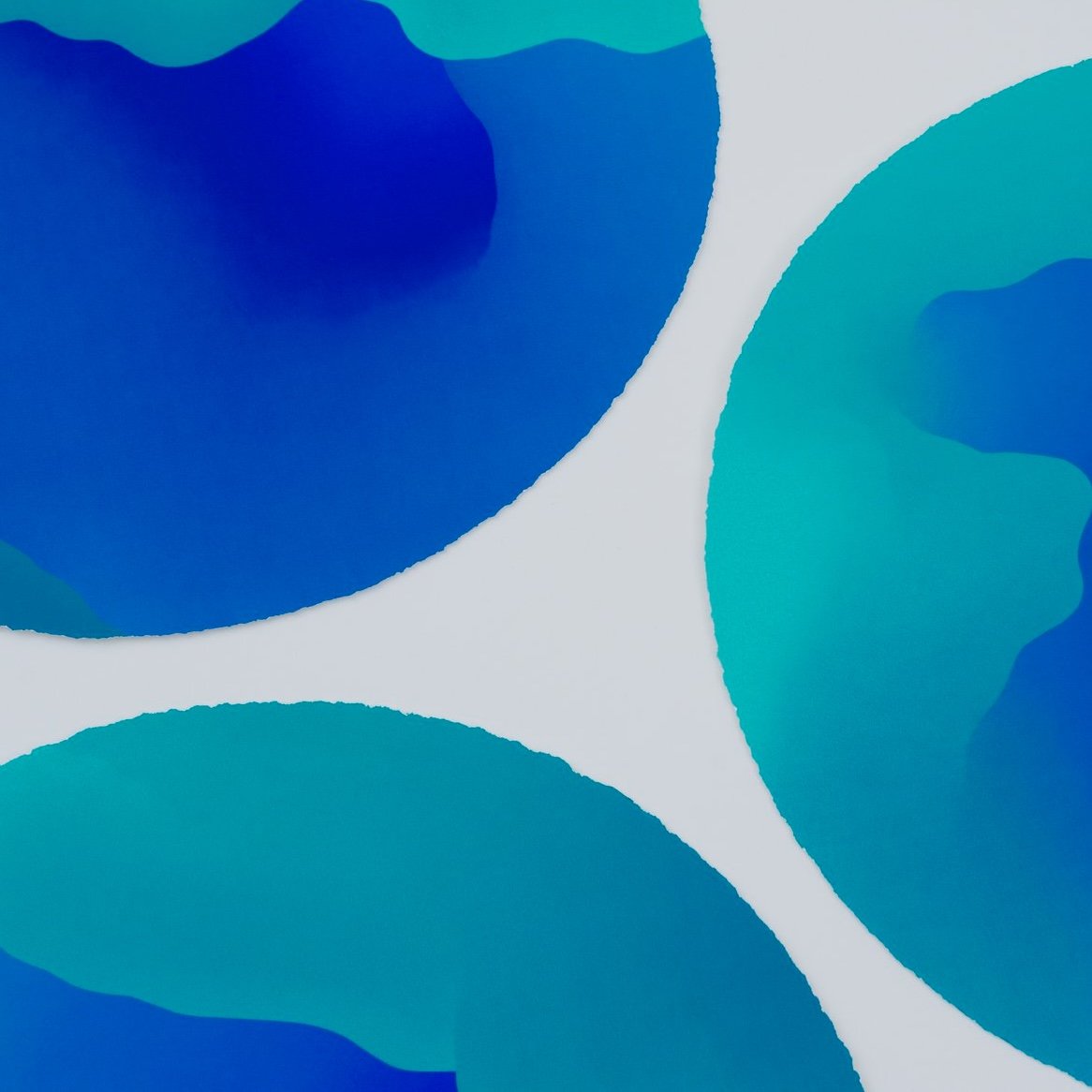 Image 4 of 4
Image 4 of 4





Sam Friedman - Three Caves (Blue/Green), Signed (2021, Screenprint on Paper)
Set of three: two 8-Color; one 9-Color, Hand-Pulled Screen Prints on Mohawk Superfine UltraWhite, 160 lb cover.
Deckled, numbered, and first print signed by the artist.
Each print is 18” in diameter
Edition of 50
Sam Friedman’s work is rooted in the tradition of American Abstract Expressionist painters who explored line, color, and the systematic application of paint. Within this heritage, Friedman examines methodical processes where repetition and self-imposed parameters lay the groundwork for his compositions, but permit him the freedom to build each piece instinctively. For the artist, this meditative and organic process is transfigurative and carries through to the viewer’s experience of the works. In this way, Friedman’s Three Caves (Blue/Green) resists progressive plots; without a beginning or end, the works become infinite.
A set of three limited edition print tondos, Three Caves (Blue/Green) aptly reflects Friedman’s larger bodies of work, further demonstrating his ability to move between representation and abstraction with seeming ease and spontaneity; the prints are built not by reference to the physical aspects of the outdoors, but by the flow and movement within nature to address questions about the practice of painting itself. In Three Caves (Blue/Green), Friedman continues his exploration of breaking down and rebuilding natural landscapes, something he achieves through his distinctive use of line, pattern, and bright color.
Set of three: two 8-Color; one 9-Color, Hand-Pulled Screen Prints on Mohawk Superfine UltraWhite, 160 lb cover.
Deckled, numbered, and first print signed by the artist.
Each print is 18” in diameter
Edition of 50
Sam Friedman’s work is rooted in the tradition of American Abstract Expressionist painters who explored line, color, and the systematic application of paint. Within this heritage, Friedman examines methodical processes where repetition and self-imposed parameters lay the groundwork for his compositions, but permit him the freedom to build each piece instinctively. For the artist, this meditative and organic process is transfigurative and carries through to the viewer’s experience of the works. In this way, Friedman’s Three Caves (Blue/Green) resists progressive plots; without a beginning or end, the works become infinite.
A set of three limited edition print tondos, Three Caves (Blue/Green) aptly reflects Friedman’s larger bodies of work, further demonstrating his ability to move between representation and abstraction with seeming ease and spontaneity; the prints are built not by reference to the physical aspects of the outdoors, but by the flow and movement within nature to address questions about the practice of painting itself. In Three Caves (Blue/Green), Friedman continues his exploration of breaking down and rebuilding natural landscapes, something he achieves through his distinctive use of line, pattern, and bright color.
Set of three: two 8-Color; one 9-Color, Hand-Pulled Screen Prints on Mohawk Superfine UltraWhite, 160 lb cover.
Deckled, numbered, and first print signed by the artist.
Each print is 18” in diameter
Edition of 50
Sam Friedman’s work is rooted in the tradition of American Abstract Expressionist painters who explored line, color, and the systematic application of paint. Within this heritage, Friedman examines methodical processes where repetition and self-imposed parameters lay the groundwork for his compositions, but permit him the freedom to build each piece instinctively. For the artist, this meditative and organic process is transfigurative and carries through to the viewer’s experience of the works. In this way, Friedman’s Three Caves (Blue/Green) resists progressive plots; without a beginning or end, the works become infinite.
A set of three limited edition print tondos, Three Caves (Blue/Green) aptly reflects Friedman’s larger bodies of work, further demonstrating his ability to move between representation and abstraction with seeming ease and spontaneity; the prints are built not by reference to the physical aspects of the outdoors, but by the flow and movement within nature to address questions about the practice of painting itself. In Three Caves (Blue/Green), Friedman continues his exploration of breaking down and rebuilding natural landscapes, something he achieves through his distinctive use of line, pattern, and bright color.





